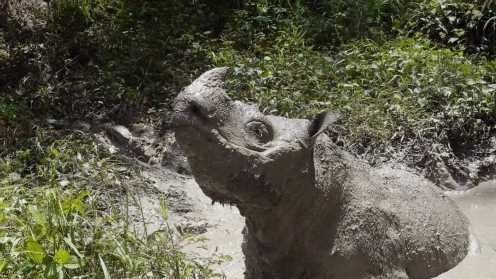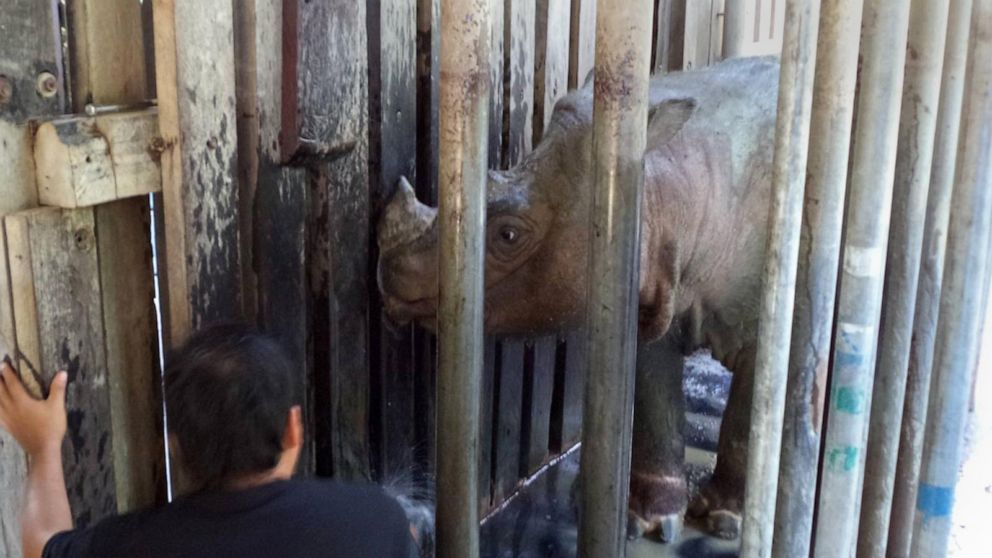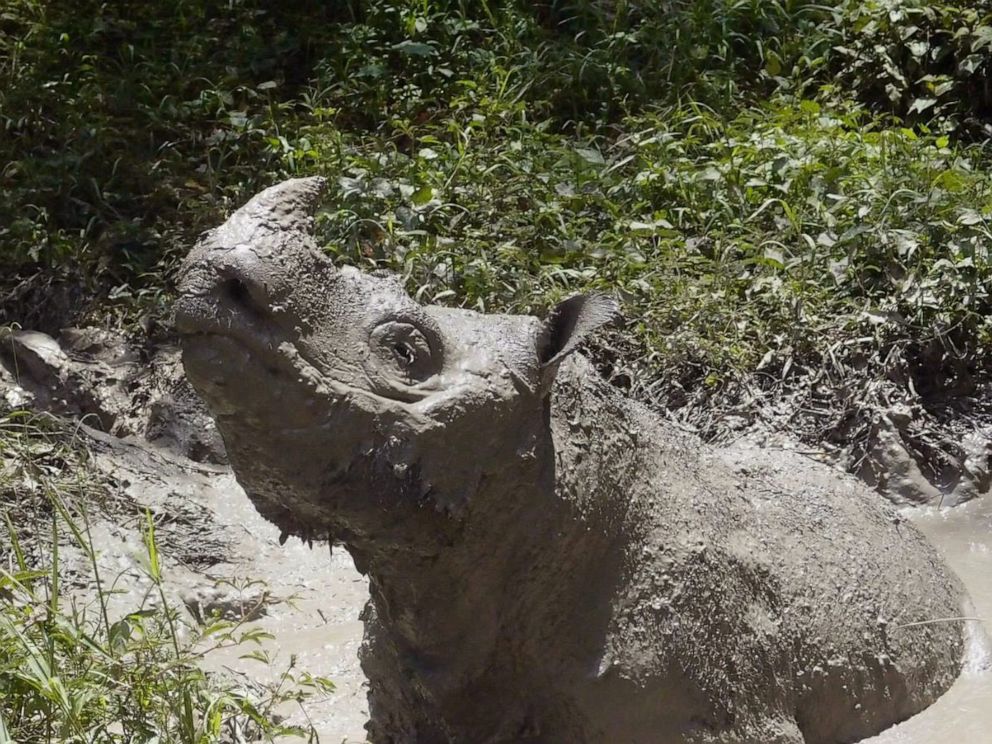The last male Sumatran rhinoceros in Malaysia has died, eliminating the likelihood of saving the species in the country, according to animal conservationists.
Interested in Animals?
Less than 100 Sumatran rhinos are left in the world, according to the Borneo Rhino Alliance (BORA). They are scattered across the wild in Indonesia and unable to find each other for breeding.
On Sunday, Tam was “nearing the end,” according to BORA, adding that all caretakers could do was look after him and keep him comfortable. Tam died on Monday at about 35 years old.
“It is with heavy hearts that we share the tragic news that Tam, Malaysia’s last male Sumatran rhino, has passed away,” the organization said in a Facebook post.
Tam’s health had been deteriorating over the last few months, Susie Ellis, executive director of the International Rhino Foundation, said in a statement. He was rescued from a palm oil plantation in 2008 and placed in a managed care facility at the Tabin Wildlife Reserve in the Malaysian state of Sabah, Ellis said.
One female Sumatran rhinos, named Iman, is still living in Malaysia. Attempts to breed her with Tam naturally were unsuccessful, according to the Borneo Rhino Alliance.
Veterinarians considered in vitro fertilization to save the species, but Tam’s sperm quality was not ideal. Female rhinos have reproductive pathologies that have rendered them unable to bear a fetus. Moreover, the costly procedure had never been attempted on a Sumatran rhino and the Borneo Rhino Alliance ran out of funding.
“I remember so well when Tam was captured and the high hopes everyone had that he could be the founding member of a successful captive breeding program in Sabah, and join the then-international efforts involving the U.S. and Indonesia,” Ellis said. “Sadly, those hopes were repeatedly dashed over the next decade by a series of incidents, some sociopolitical, some biological, and some simply bad luck.”
Sumatran rhinos, believed to be the closest living relative of the woolly rhinos of the ice age, are the smallest of the species and the only Asian rhinos with two horns, according to the World Wildlife Fund. Prolonged poaching for their horns contributed to the dwindling population size and their habitat was lost and degraded by invasive species, road construction and encroachment for agricultural expansion.
A new program sponsored by the Indonesian government seeks to capture the small populations of Sumatran rhinos to bring them into conversation breeding programs, with the goal to significantly increase the captive population and release them back into the wild, according to the International Rhino Foundation.
Two other African rhino subspecies, the northern white rhino and the western black rhino, have become extinct in the last two decades, Ellis said.
Source: Read Full Article


